Xiaoyan/Terncy Smart Roller Blind Motor (review)
Like many fans of Smart Home technology, thinking of all the different devices that you could possibly make ‘smart’ is a thing we all entertain quite often, and whilst many aren’t really that useful in practice (smart toaster?), just as many more make a lot of sense to be made smart. This goes back to debates many have had before that go along the lines of “why would you want that to be smart?!”, which in some ways can be a legitimate question, but all too often, this is said by the able-bodied amongst us, that don’t consider how useful some devices are for people with disabilities. Smart Home tech has become a bit of a godsend for some, who need assistance with things many sometimes take for granted. One such thing, that I think fits the bill in this regard is smart blinds. Today I’m reviewing the Terncy* Smart Roller Blind Motor. A motor that sits inside the tube for your blinds, which can open and close them, with the aid of Siri (as well as Google Assistant and Amazon Alexa) or via any HomeKit enabled button or switch for that matter, including Terncy’s own solution, the Terncy Smart Dial, which is also HomeKit compatible.
* I may in the course of the review refer to the company as either Terncy or Xiaoyan
THE MOTOR
Xiaoyan sent the prototype of the motor, along with a set of blinds for me to test, but as this product is yet to hit the market, I didn’t get any fancy packaging as such, so no unboxing on this occasion. The motor itself is quite basic in many ways, as it’s really not meant to be seen at all. It feels quite heavy, so I’m assuming it has a reasonably powerful motor inside and taking into account the blinds that the company sent me are quite hefty too, it really does work hard to ‘pull its weight’, so to speak. I’ll get into the actual blinds in a bit.
This is also a bit of a prototype, so you can see in the picture above, there are three cables coming out of one side. I’m told by the company, that the final model will dispense with two of these, as they’re already redundant for the forthcoming models. The short cable you can see in the picture above was originally designed to connect to a controller, so you could physically open or close the blinds as the Aqara version has, but Xiaoyan decided against this, hence the reason it’s capped off, and also the reason why the cable won’t be in the production models.
The second cable in the first picture, with a bit of black tape on it, is for connecting to the Zigbee module (see above). This will also be removed for the production model, with the Zigbee module built inside the main body of the motor. As it stands for the prototype I’m testing here, you can see that I have the cable plugged into the Zigbee module. This comes with a button to initially pair the device. Once it’s all up and running, there’s no need to touch it again, unless for any reason it disconnects or you want to remove and re-add it at some point.
The third and final cable is for powering the motor. This comes with three wires, so it’s going to need a three-pin plug. As this motor is designed to be used for regions that use 110-120V, then you’re quite likely to be using a Type B North American Type plug, although any three-pin plug will be fine, as long as your region uses 110-120V, as it’s not suitable for 220-240V regions. The device didn’t come with a plug, but it was a very easy process of adding one. I imagine once the company ships these products, they’ll come with a plug, but I can’t confirm that at this time.
FITTINGS
The end of the motor that has the three cables coming out of it, has a slot. This slot allows for one of the two brackets to hold the motor in place. This bracket has a hole for the cables to be fed through, along with a flat piece of metal, that fits into the aforementioned slot. The opposite end of the roller tube has a circular ‘plug’ that fits on the end of the tube, that comes with a free-spinning bar that slots into the bracket on the other side.
HOW IT WORKS
The end of the motor is held in place using the bracket with the flat metal. The motor comes with a plastic circular cog with a small cutout that corresponds to a notch inside the tube. The other end of the motor has another cog with the same cutout, that slides inside the tube. this helps spread the load along both ends of the motor. When the motor turns, only the white portion of the motor moves, also moving the two cogs that attach to it, which in turn allows the cogs to turn the roller blind. It’s actually quite straightforward, but a little difficult to explain, so I hope this all makes sense so far.
SETTING UP
In theory, this should have been easy enough to fit; affix the two brackets into the ceiling, feed the wires through the hole of one of the brackets, fit the motor and blinds into place and plug it in. Unfortunately – and this is in no way the fault of the product – it didn’t initially quite go as planned, for three reasons;
The original blinds that I had in place, were situated in a recess in front of the window, with a wooden valance to hide the blinds from view. As you can see in the image above, one of the brackets for the blinds is right up against the wall, as the window frame also abuts the wall. This was my first issue, as, for the brackets for the new blinds, I needed a bit of space away from the wall for the power cable to pass through. Add this to the fact that the blinds were actually a tad too big for the area the original blinds were located. The final problem was simply me trying to do this all on my own. A heavy set of blinds and the tube alone are probably too much for many people to fit on their own, but add to this the motor, and it became impossible to fit by myself.
Eventually, realising that the blinds were never going to fit without me doing some DIY maintenance on the tube itself, I simply fitted the blinds in front of the valance. The original blinds are still in place for the time being, until I finally adjust the roller tube with the proper tools. Once fitted in this way, it was easy, although I’d still recommend it’s a two-person job.
HOMEKIT SETUP
You initially have to add the motor to the Terncy app, which is added to the company’s own Zigbee gateway, the Terncy Home Center. Setting the motor to ‘discover’ mode, is done by pressing the button on the previously mentioned Zigbee module. Once it has been discovered, you can add it to a room and name it, although you’ll have to do this again in the Home app, so you don’t necessarily have to do this unless you plan to use the Terncy app on a regular basis.
Once added, you will have to calibrate the motor and the blinds. Much like a roll of toilet paper (sorry, couldn’t think of a better analogy…), you can have these fitted with the blinds in front or behind. This might typically be due to you wanting the power cable on one side rather than another, for example. To do this, you simply press the up or down arrow on the UI, and if the blinds start rolling in the opposite direction to the button pressed, you select ‘Reverse direction’. You then just need to set the open and closed limits for the blinds by setting them to fully open/fully closed and pressing the relevant buttons below so they’re set and won’t go beyond the limits you’ve now set.
Once that’s completed the blinds will then appear in the Home app. If you’ve never had smart blinds before, there’s not a lot to see really. There’s one tile, which when pressed, will fully open or close the blinds, depending on the state they’re in or the last direction they were going in. If you closed them to 50% using the slider, the next time you press the tile, they’ll go in the opposite direction.
The settings panel doesn’t show much other than give you direct access to the Terncy Home Center, but here you can also set the preferred icon, with a choice of curtains, Roman blinds, Venetian blinds, awnings, vertical blinds, or in this case, roller blinds.
CONTROLLING THE BLINDS
Because the blinds don’t come with a dedicated wired controller, which I think is a shame personally, you have to look to other ways of opening or closing the blinds. Luckily, Terncy offer a product called the Smart Dial, which whilst a fully functional HomeKit button, with single and double clicks (no long-press option, unfortunately), can also be manipulated with the rotary dial built-in. The rotary functionality is not exposed to HomeKit, so this can only be programmed within the Terncy app, but the app makes it easy for you to pair the dial to the blinds, with default settings;
- single click – fully open or close, depending on the previous direction
- double click – stop the blinds
- clockwise turn – opens the blinds by an amount dependent on the amount the dial is turned
- anti-clockwise turn – closes the blinds by an amount dependent on the amount the dial is turned
If you prefer not to have another button or switch, then you can quite easily program any existing HomeKit-enabled switch to do much the same job, albeit without the dial functionality described. All manner of automations, based on lighting, the time of day, occupancy status etc. can also control the blinds, as well as voice control via Siri. It’s only fair to point out that the blinds will also work with Google Assistant and Amazon Alexa, and if you have a household where Mandarin is spoken, then the blinds can also be controlled with any of the Xia-Ai smart assistant devices from Xiaomi, once you’ve connected your Terncy account to the Mi Home app as a third-party provider.
IN DAY-TO-DAY USE
I’ve had the blinds set up since late January, so I’ve had a lot of time to get used to any quirks, or potential issues. So far, I’m happy to report there simply are none. It has been incredibly stable, basically. I don’t know if this is due to the fact it doesn’t do much, or if it’s due to being a Zigbee device, but it literally hasn’t disconnected or failed once, which is uncommon for any HomeKit device in my experience. On the subject of Zigbee, I should state that the Terncy Home Center is at the other end of the apartment, and just out of reach of the motor for the Zigbee signal to reach, so I simply used the company’s Smart plug to bridge the signal. I fully expected this to be a potential issue, but it simply hasn’t been, and the blinds work as if the hub is right next to them. This is one of the reasons I’m very keen on Zigbee.
My wife isn’t too happy about the dangling power cable but has largely gotten used to it now. I guess having a battery-powered one, like how Ikea provide, is probably a better solution, but to me, it’s not an issue. I think eventually, I may well trim the roller tube and attempt to place it in the location of the original blinds, but where it’s located at present isn’t doing any harm, so maybe I’ll ‘let sleeping dogs lie’.
One of the questions many will be asking is how quiet it is. I find it hard to give a definite answer, as although I don’t find it particularly noisy – in fact not any noisier than the sound made when manually opening roller blinds – I’ve yet to experience other smart blinds to determine if it’s louder than comparitive products or not. All I can say is that the current volume levels don’t bother me at all, although if they were to open in the middle of the night, they could well wake me up. Luckily, there’s little chance of that happening by accident.
What the Terncy option does have over other options, like Ikea, is that the company intend to offer either just the motor by itself or the ‘complete package’, including the motor, a custom length tube, along with custom blinds. Xiaoyan has hinted that the latter option could be priced at around US$200, although they’re also keen to state this is just a tentative price at this time, with no firm prices until they go to market. If you went with just the motor, then sourcing the material for your own blinds and correctly sized roller tube is just as easy, if only with a little more work for you to do. The roller tube that fits the motor is a standard 50mm / 1.97″ tube size, and there’s nothing special about the motor that requires a specific tube, as long as the tube includes the notch to match the cogs on the motor.
CONCLUSION
Xiaoyan is largely not as high profile as Aqara, and whilst they don’t offer quite as many devices, the products are just as good in many ways. With the Aqara roller blind motor only working with 220-240V, the Xiaoyan option should appeal to North American customers, and encourage the company to open up more to the US market, which they have in fact done, even if in a limited way at this point. The company do have a lot more up their sleeve, so I don’t feel they’re a flash in the pan like some Chinese companies appear to be. You can check out our overview video above for some of the company’s other products.


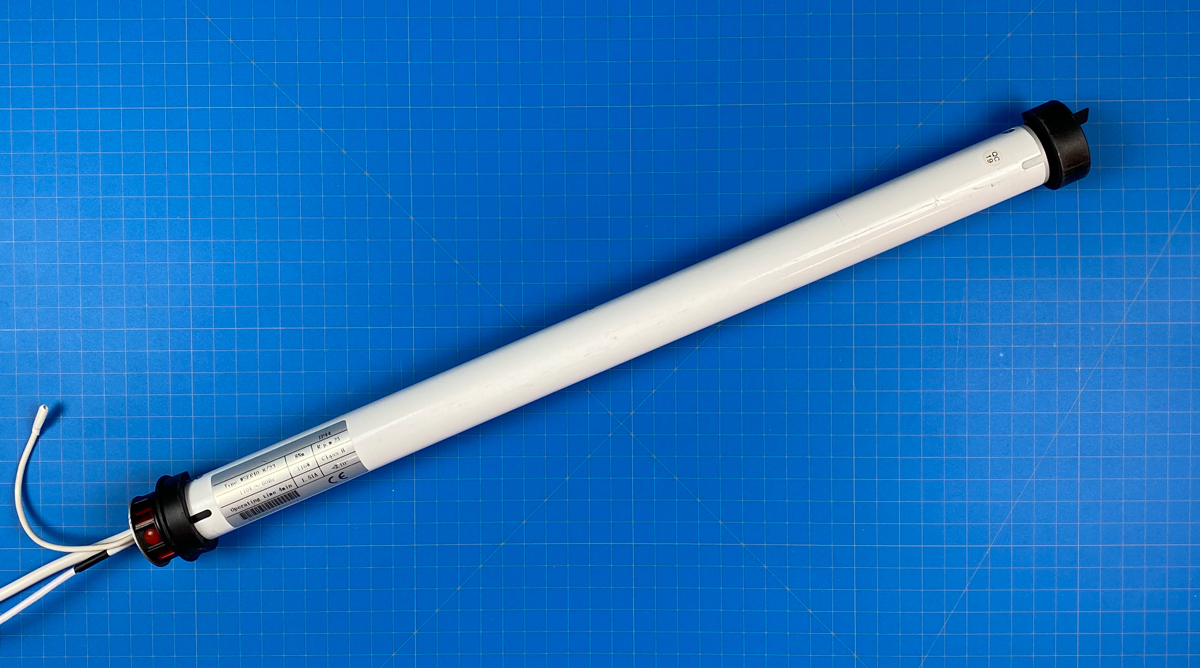
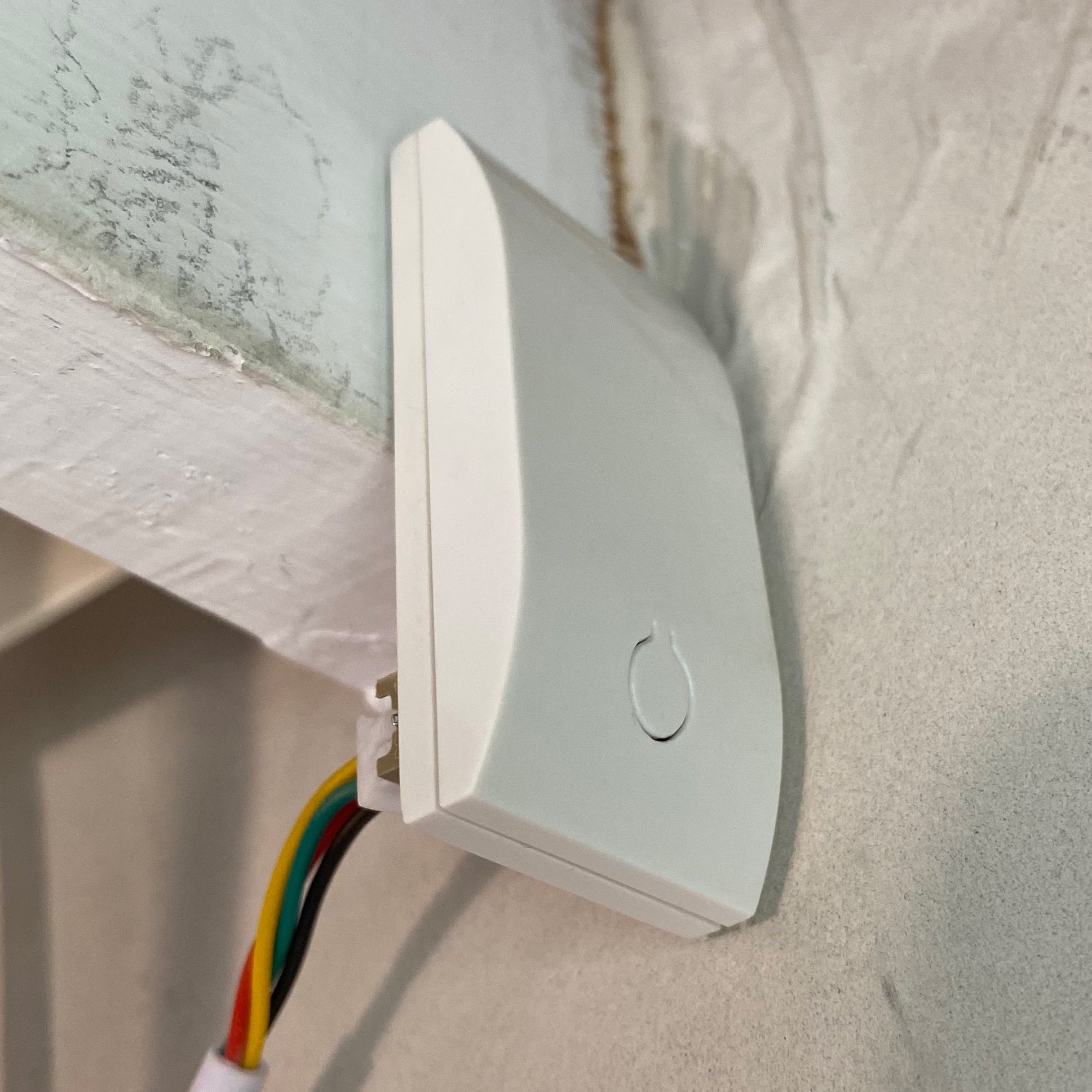

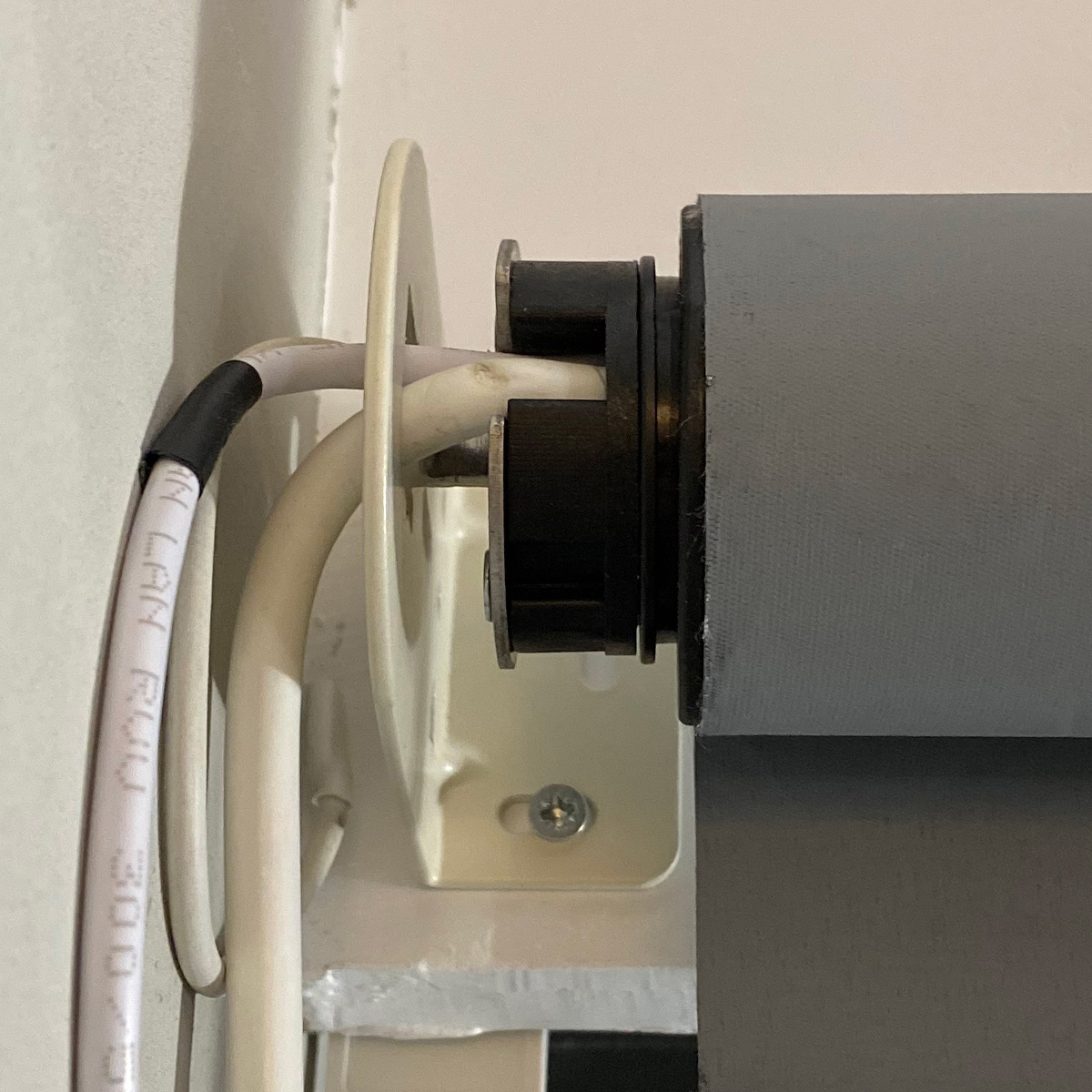
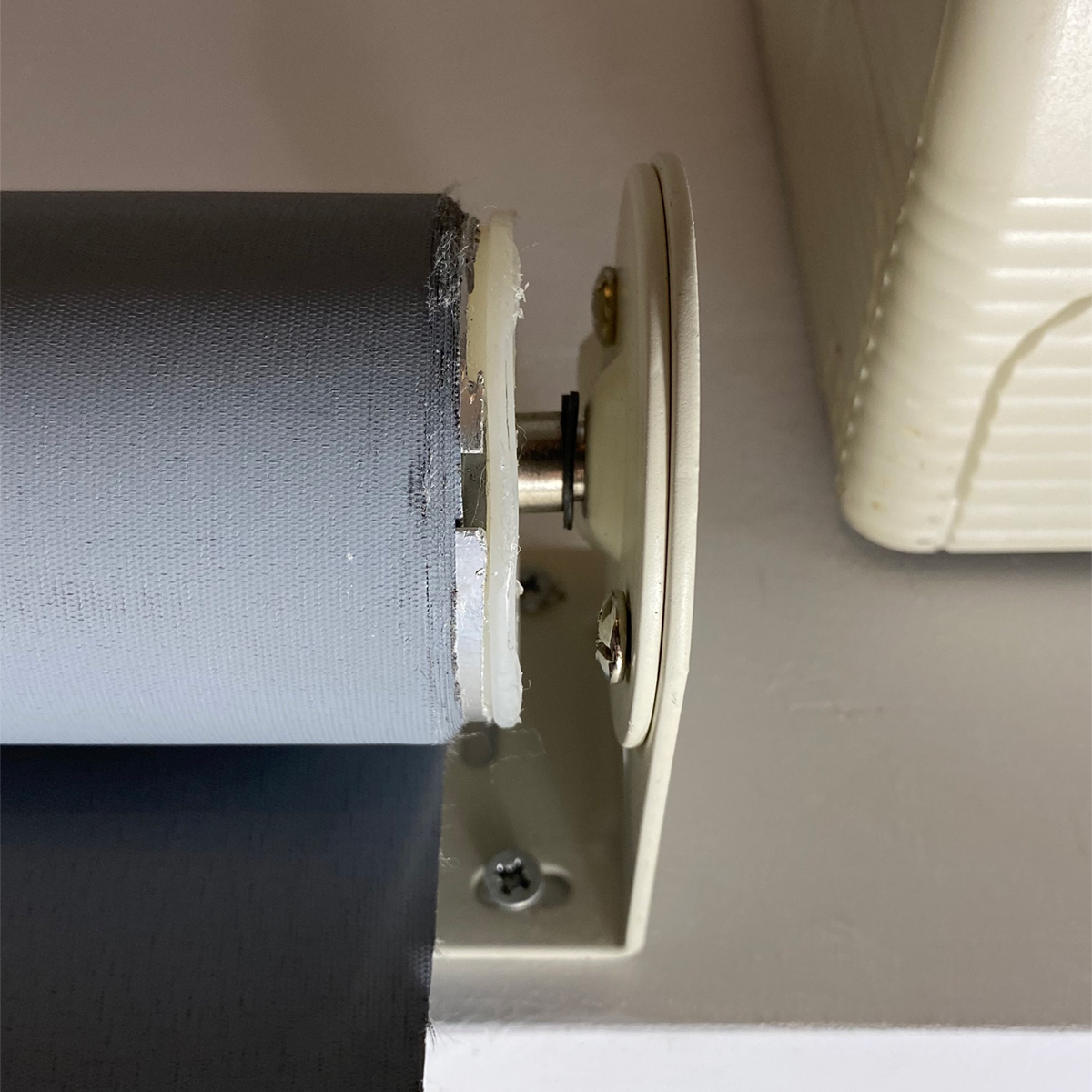

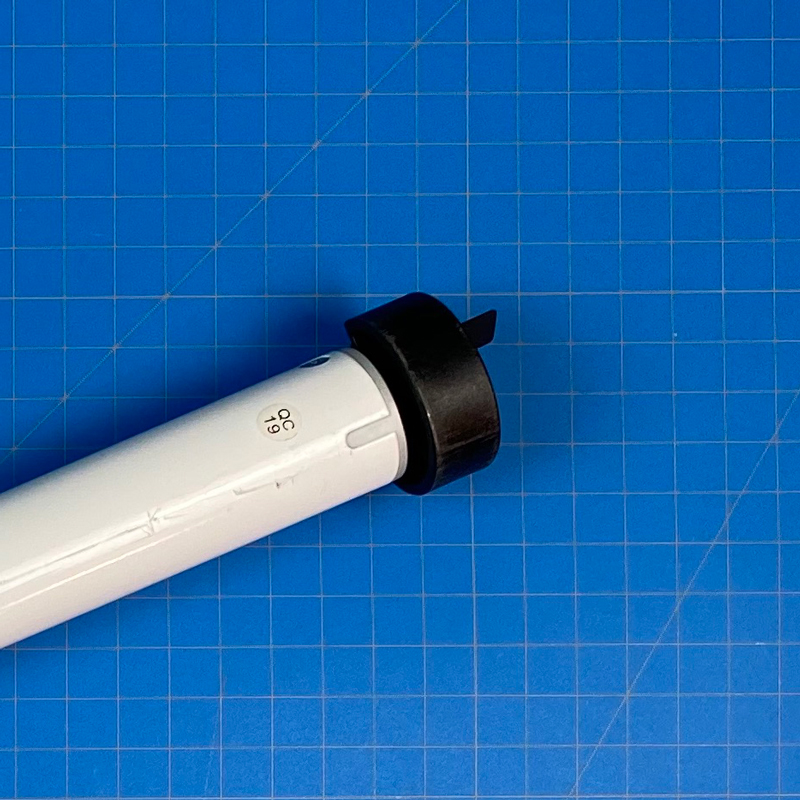
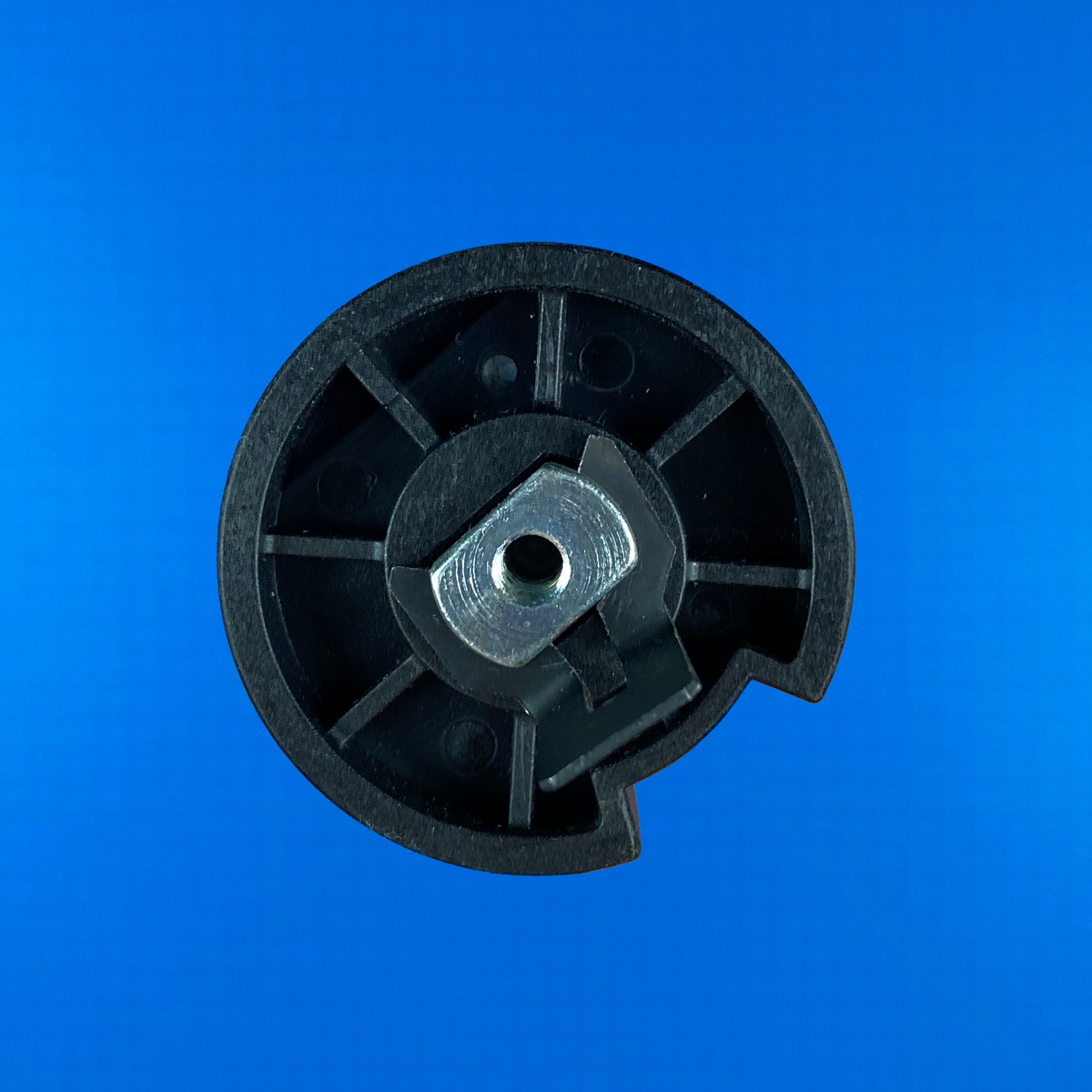


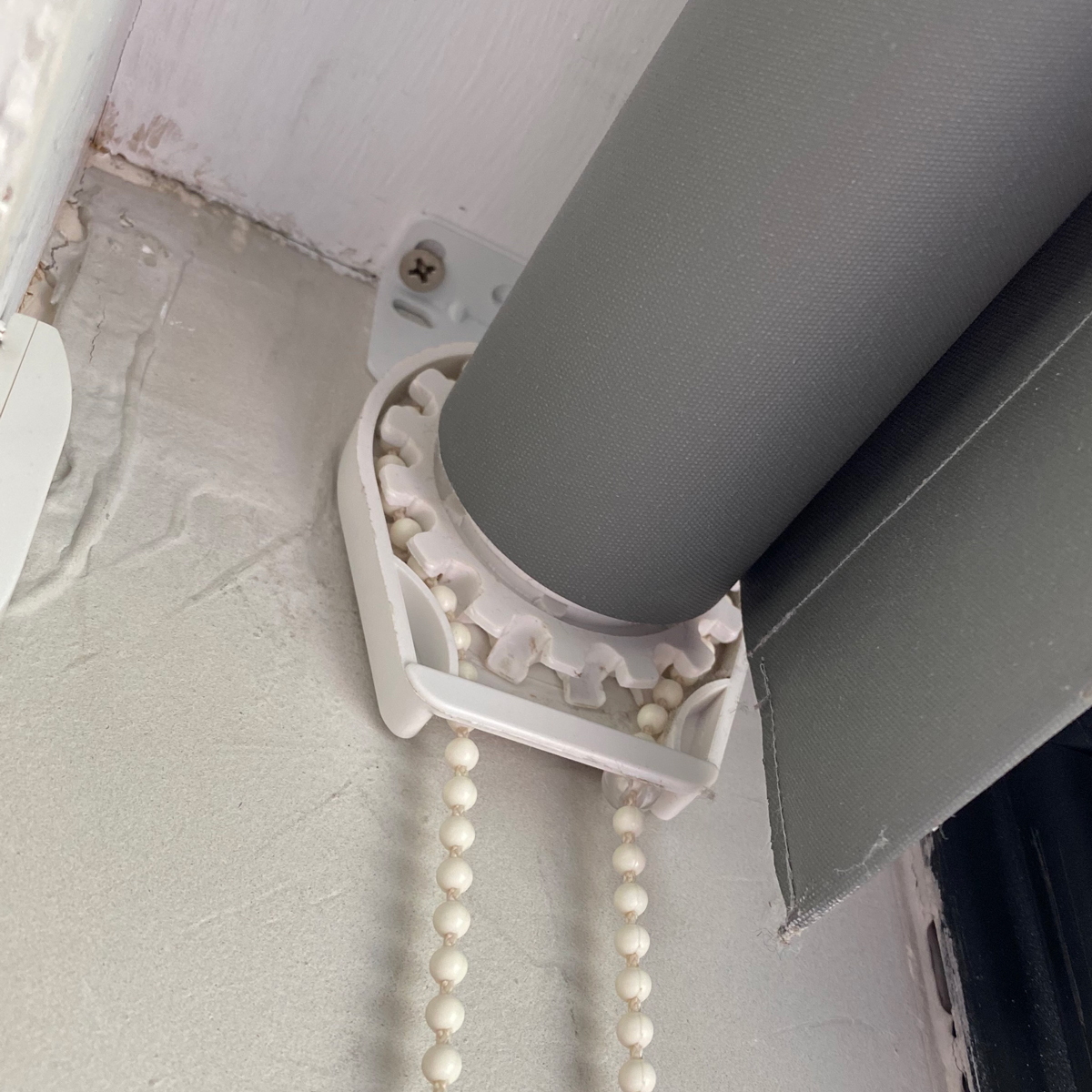
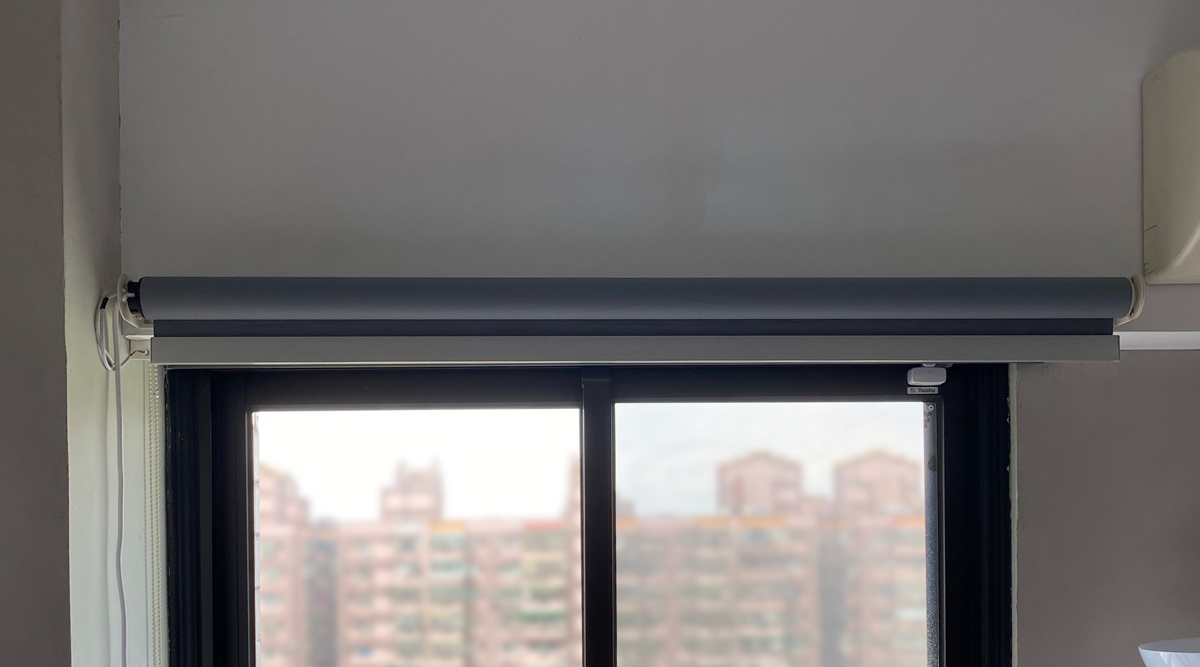
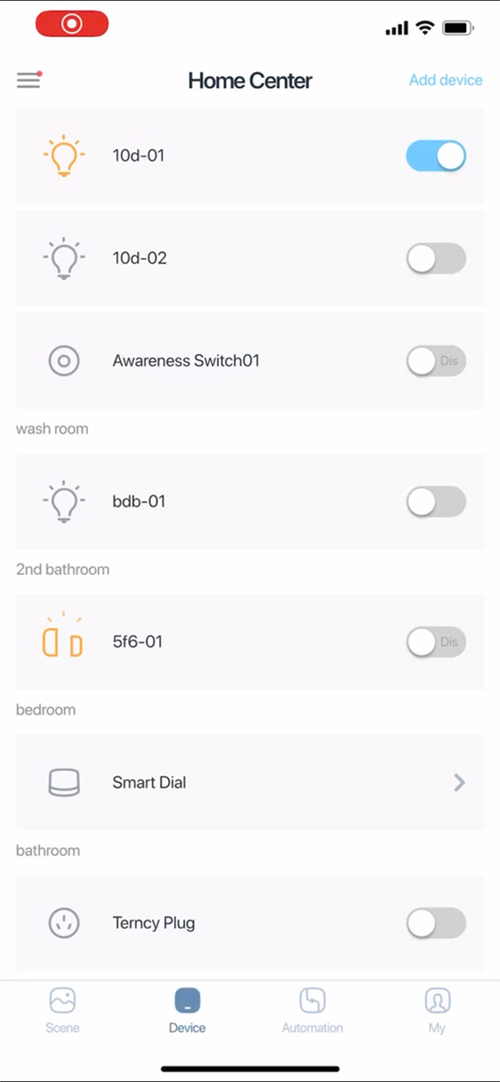

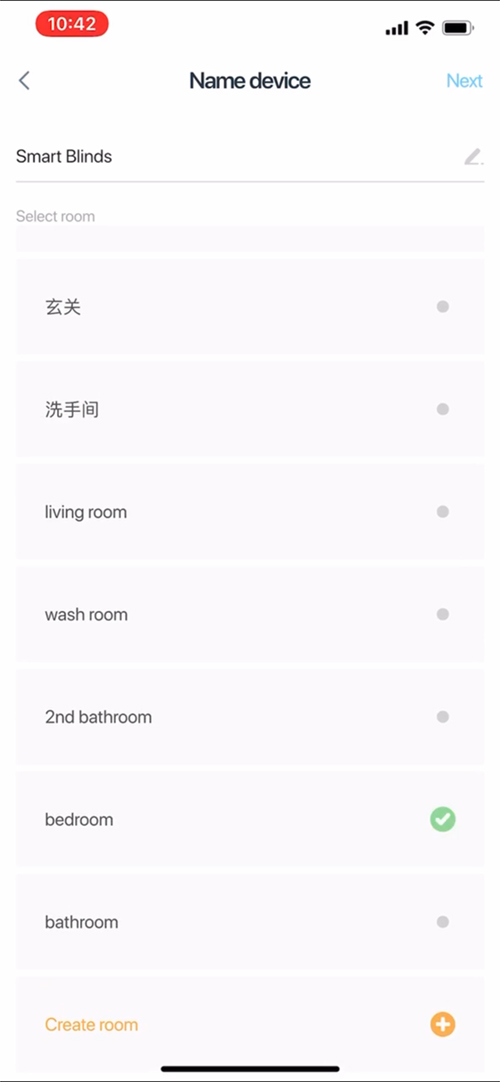

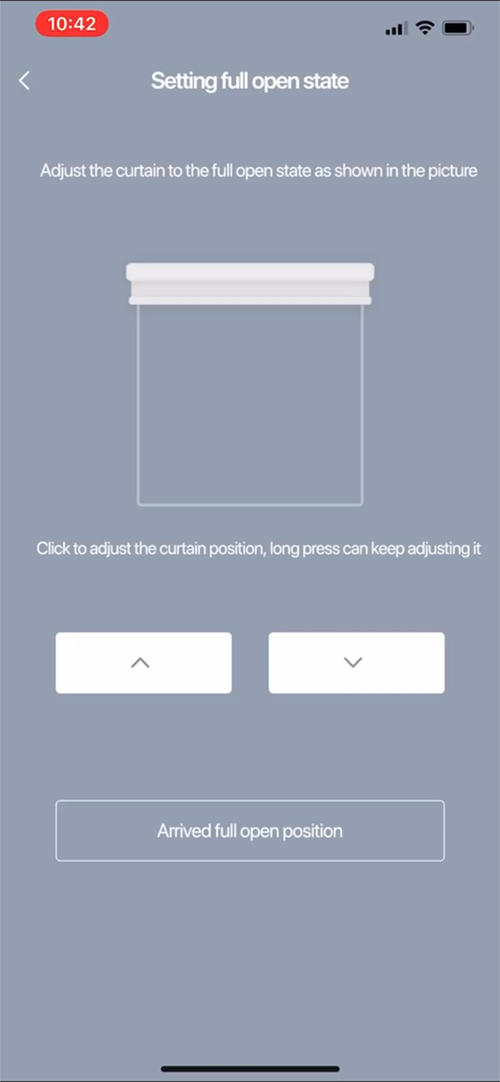

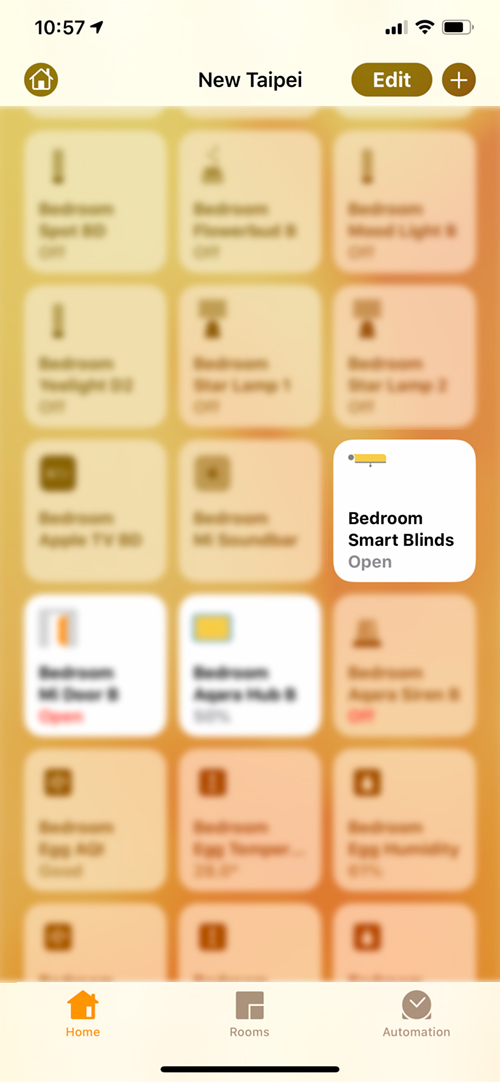








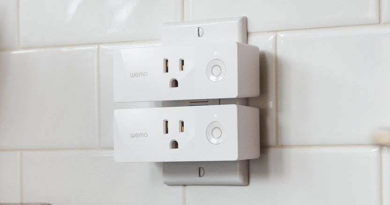

Simon, what diameter tube is this motor designed for? I have a blind motor with RF and works with lithium batteries. It powers a 10′ x 10′ outside shade. It is not Homekit compatible. I would like to see Xiaoyan or somebody else create a battery operated motor/RF that is compatible with Homekit.
Thanks for the review.
Hi Richard, the tube is 50mm / 1.97” in diameter. The company told me this size is a common and easily available size, although it’s bigger than some tubes you might find at around 30mm. Just out of interest, is the battery in your version inside the motor, or does it connect to the motor externally?
Simon, the battery is internal. Here’s a link to the company that sells these motors. They have a hub that works with z-wave. https://rollertrol.com/store/en/5-tubular-motors
Rich
Thanks Richard. I wonder if there’s a HomeBridge plugin to get these into HomeKit. You’ve probably already looked I imagine.
Simon I’ve asked the vendor if they have done anything to make this work with Homekit since I bought it. I’ll let you know what I learn. Rich